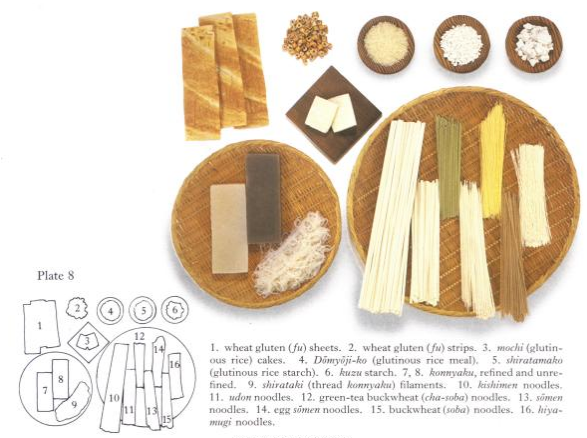Japanese Cooking: A Simple Art

Best introduction to Japanese cooking
I’ve had this cookbook for well over a decade. I love Japanese cuisine, and whenever I make a Japanese meal, this book is my go-to source for recipes, tips, and guidance. It’s a superb basic cookbook, as good in its own way as the Joy of Cooking (better in fact, because you’re not always flipping between recipes!). It has that same approach, an encyclopedic breaking down of the absolute basics in ingredients, techniques, and tools. Whether you simply want to make dash broth, or create an elaborate dish like sukiyaki or sushi, this book will walk you through the basic steps involved.
I own the older edition, but there is a newer one with more color plates and a fancy new forward. Either one will teach you everything you need to know in order to tackle Japanese cooking.
01/14/14Excerpt
Another difference, and one that Westerners accept more easily, is the Japanese way of eating, with chopsticks, the solid bits of food from a soup bowl, and then drinking the liquid from it. Like the other habits, this one is practical and simple– as is the custom of holding the bowl near one's chin, or using it as a catchall when transferring food to one's mouth after dipping it in the little bowls of sauces that are part of many meals.
*
Seafood is also washed thoroughly before it is served raw. Water is plentiful in Japan and we use a lot of it, especially when preparing raw fish. We have a sort of jingle, which liberally translates,"if it's fish, wash it twice, wash it thrice." Foreigners in Japan timidly trying their first piece of raw fish are usually very surprised when they find it does not taste at all fishy.
*
*
Japanese Cooking: A Simple Art By Shizuo Tsuji 2012, 508 pages $33











